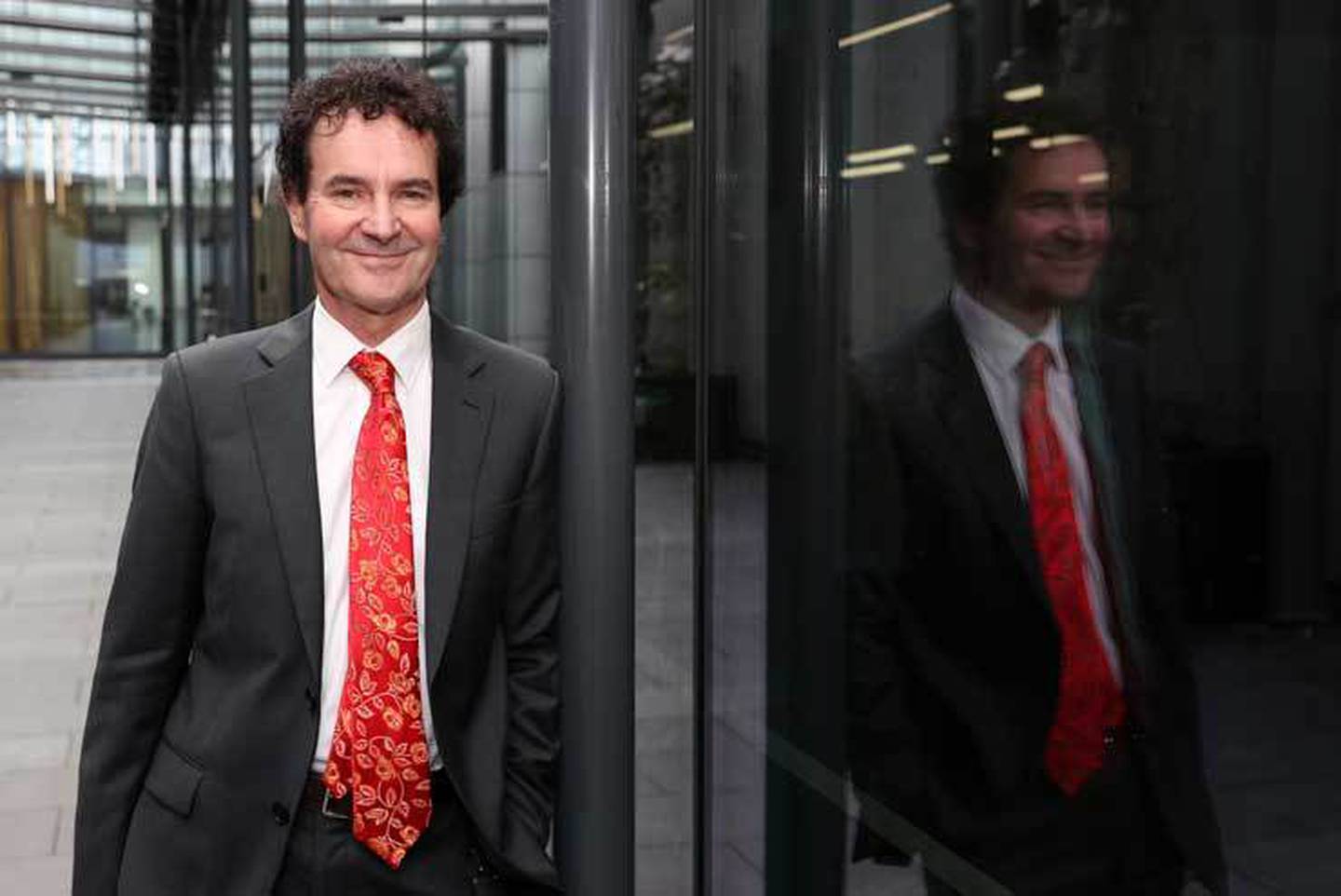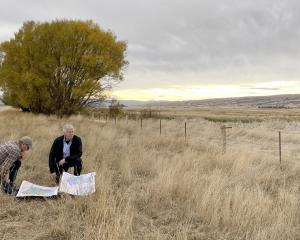
That’s the predictions of independent economist Tony Alexander.
Last week the Reserve Bank increased the official cash rate by 75 basis points to 4.25 percent - the highest rate since 2008.
“The intention of raising the cash rate is that other interest rates go up,” Alexander told The New Zealand Herald’s Continuous Disclosure podcast.
“It is guaranteed that the floating mortgage rates will jump close to about 0.75 percent and the fixed interest rates will go up by not as much - there’s a slightly different dynamic going on.
He said floating rates could head up to around 9.5 percent next year once the latest cash rate change is factored in and a further rate rise of another 125 basis points to 5.5 percent, which the Reserve Bank is forecasting.
“Fixed-interest rates, however, the dynamic is quite different there.”
He said the best one-year rate was currently around 5.9 percent for the top five lenders.
“Maybe that won’t breach 6.5 percent because the markets have already factored in that the Reserve Bank would be increasing the cash rate.”
Alexander said there was little point in blindly trying to pick where mortgage rates were going to peak.
“It’s a mug’s game.”
But he expected rates to stay higher for longer.
“I do think when interest rates start declining the fall off will be relatively slow because I don’t see a deep recession in the economy like 2008/09 or Asian financial crisis 1997/98 the speed with which inflation falls, interest rates fall will be far slower than was the case back then.”
He said longer-term fixed rates, those in the three to five-year category, could start falling before the middle of next year as banks anticipated falling interest rates.
Market expectations were that monetary policy would start easing in 2024.
”As we get closer to that you will get the two, three, five-year fixed borrowing costs falling. I see a good chance the banks will be cutting the three to five-year fixed rates before the middle of next year. It will take longer for the one to two-year rates.”
And he said the last to move would be the floating rates.
Alexander said people would adapt to rising rates, just like borrowers had in the past - noting that he had to pay 18 percent back in 1987.
“They are going to cope like many of us did in the past when we had much higher interest rates.”
One factor that was different about this rising interest rate period was the labour shortage which meant people could pick up extra work in retail or hospitality if they needed to earn more.
“The tightness in the labour market counts for something very different this time around from every other period in the past of high-interest rates where the unemployment rate would rise extremely quickly. This time around people can get some insulation against it.”












